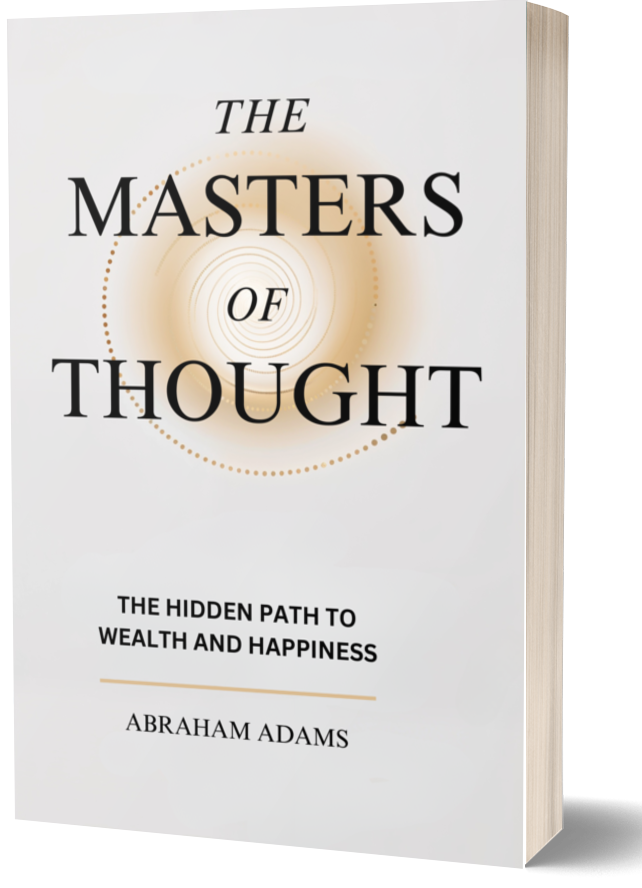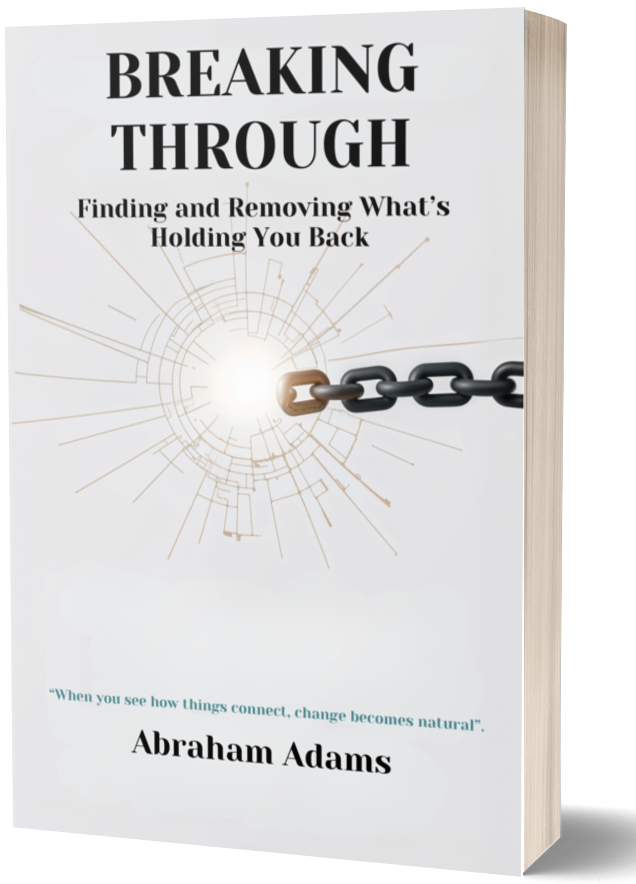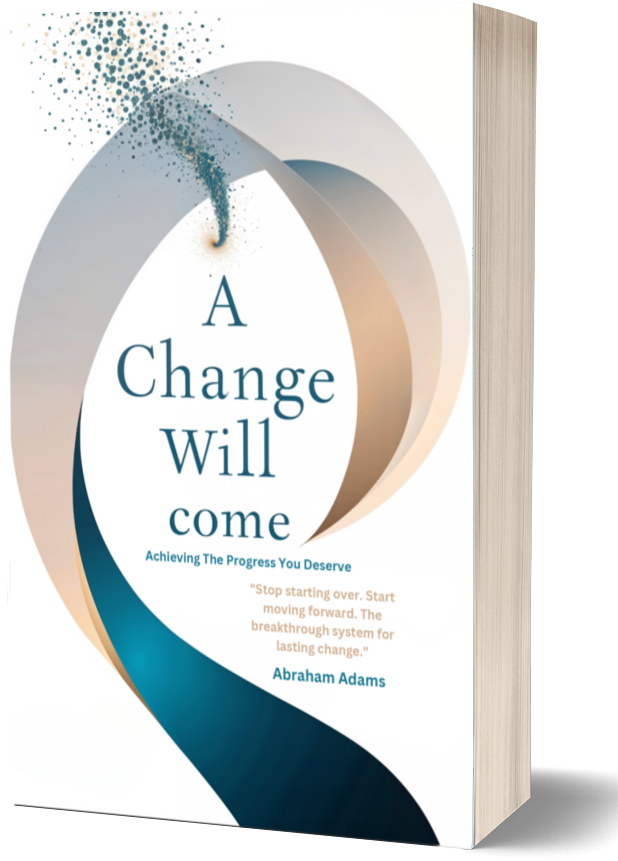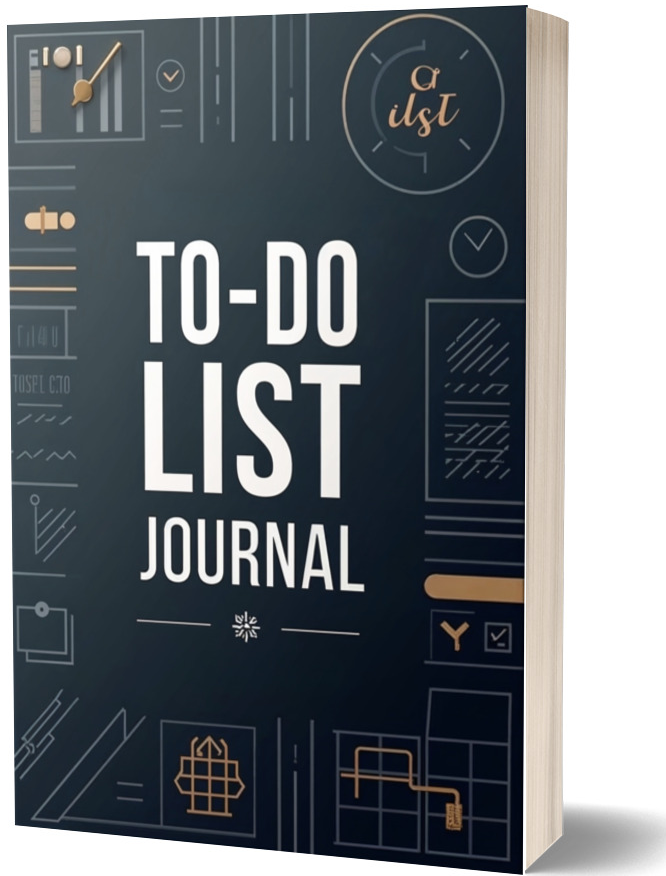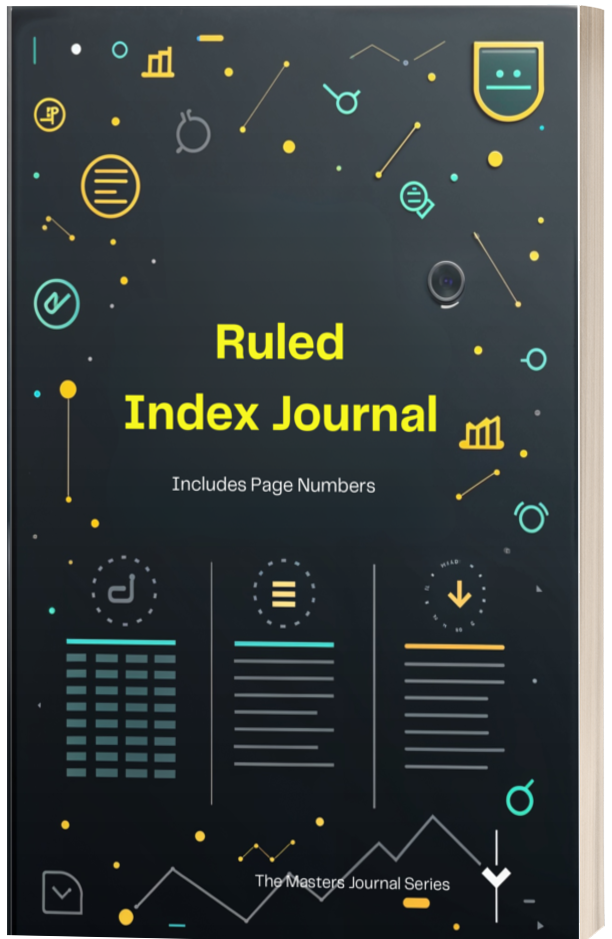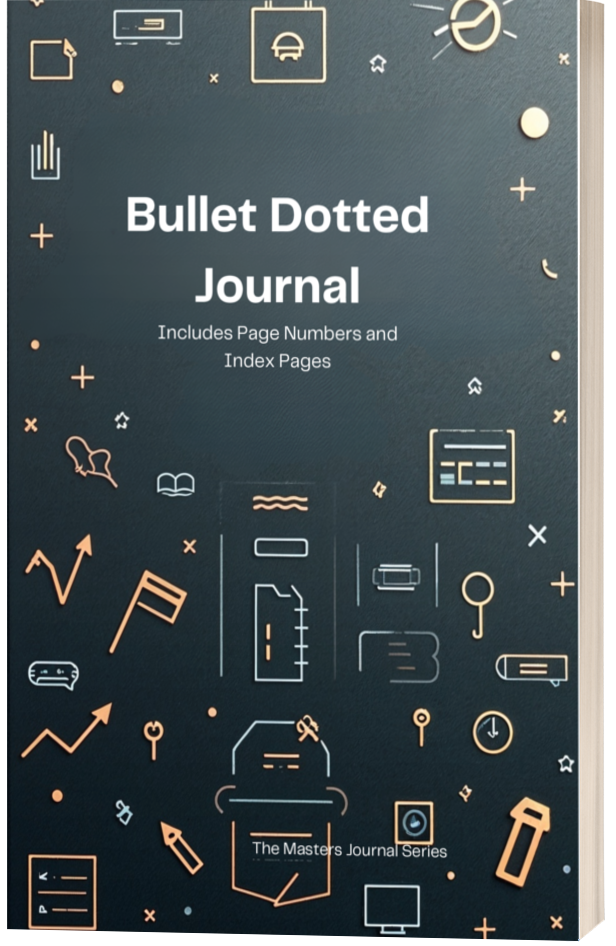Thought Traps to Avoid: Overcoming Cognitive Biases
Our minds are incredibly powerful, but they’re not always as rational or objective as we might believe. Cognitive biases, or systematic patterns of deviation from logical thinking, can cloud our judgment, distort our perceptions, and lead us into "thought traps."
Understanding and overcoming these biases is key to making better decisions and cultivating clear, critical thinking. Let’s explore some common cognitive biases and strategies to avoid falling into these mental pitfalls.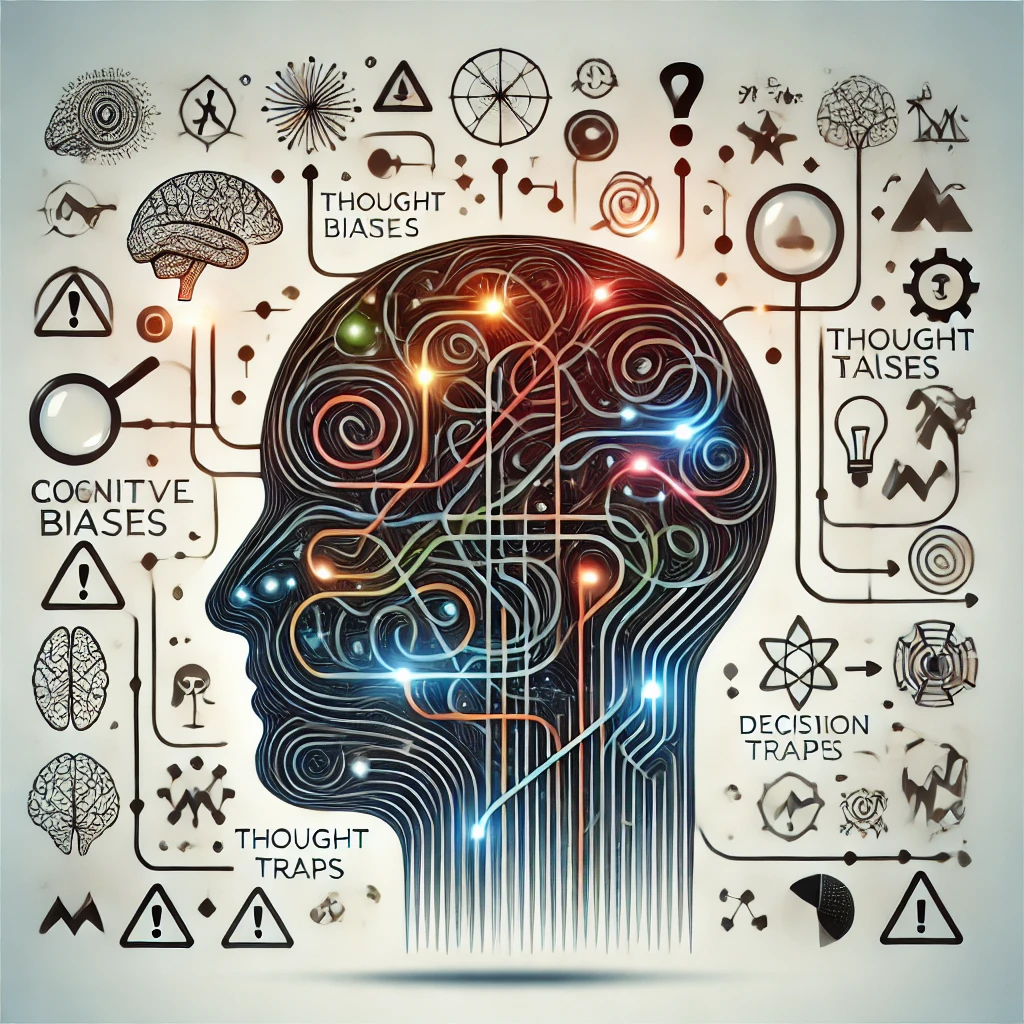
---
Common Cognitive Biases
1. **Confirmation Bias**
This bias occurs when we seek out information that supports our existing beliefs and ignore evidence that contradicts them. For example, someone who believes a certain diet is superior may only read articles supporting that viewpoint, disregarding studies that challenge it.
- **How to Overcome**: Actively seek out diverse perspectives and challenge your assumptions. Practice asking, “What evidence would prove me wrong?”
2. **Anchoring Bias**
Anchoring bias happens when we rely too heavily on the first piece of information we receive (the "anchor") when making decisions. For example, during a negotiation, the initial price offered can heavily influence subsequent discussions, regardless of its fairness.
- **How to Overcome**: Before making a decision, gather multiple data points and consider alternative starting points.
3. **Availability Heuristic**
This bias leads us to overestimate the likelihood of events based on how easily examples come to mind. For instance, after hearing about a plane crash, you might irrationally believe air travel is riskier than it actually is.
- **How to Overcome**: Base decisions on data and probabilities rather than anecdotal evidence or vivid memories.
4. **Overconfidence Bias**
Overconfidence in our knowledge or abilities can lead to poor decisions. For example, a person might underestimate the complexity of a project because they overestimate their skills.
- **How to Overcome**: Regularly seek feedback, question your assumptions, and remain humble about what you know.
5. **Hindsight Bias**
Hindsight bias occurs when we believe, after an event, that we “knew it all along.” This distorts our ability to learn from the past, as it gives us false confidence in our predictive abilities.
- **How to Overcome**: Keep a record of your thoughts and predictions to review later and identify how events actually unfolded.
6. **Groupthink**
Groupthink happens when the desire for harmony or conformity in a group leads to irrational or suboptimal decision-making. Members may suppress dissenting opinions to maintain unity.
- **How to Overcome**: Encourage open dialogue, assign a “devil’s advocate” in discussions, and value diverse opinions within teams.
7. **Sunk Cost Fallacy**
This occurs when we continue investing time, money, or effort into something because of past investments, even when it no longer makes sense. For instance, staying in a failing project because “we’ve already spent so much on it.”
- **How to Overcome**: Focus on future benefits and costs rather than past investments when making decisions.
---
Strategies to Overcome Thought Traps
1. **Practice Self-Awareness**
The first step to overcoming cognitive biases is recognizing when they occur. Regularly reflect on your decision-making process and ask yourself if biases might be influencing your thoughts.
2. **Slow Down Your Thinking**
Cognitive biases often arise from snap judgments. Take time to analyze situations thoroughly and avoid making decisions based on first impressions or gut feelings.
3. **Seek Diverse Perspectives**
Engage with people who have different viewpoints or expertise. This broadens your understanding and helps you identify blind spots.
4. **Use Decision-Making Frameworks**
Structured approaches, like pros-and-cons lists or decision trees, can help you evaluate options objectively and reduce the influence of biases.
5. **Stay Open to Change**
Adopt a growth mindset and be willing to revise your beliefs when presented with new evidence. Flexibility is key to overcoming cognitive traps.
---
Conclusion
Cognitive biases are a natural part of human thinking, but they don’t have to control your decisions. By becoming aware of common thought traps and practicing strategies to overcome them, you can improve your critical thinking and make more informed, rational choices.
Remember, the goal isn’t to eliminate biases entirely—that’s nearly impossible. Instead, aim to recognize when they’re at play and take steps to mitigate their effects. With practice, you can harness the hidden power of your mind to navigate life’s complexities with clarity and confidence.





